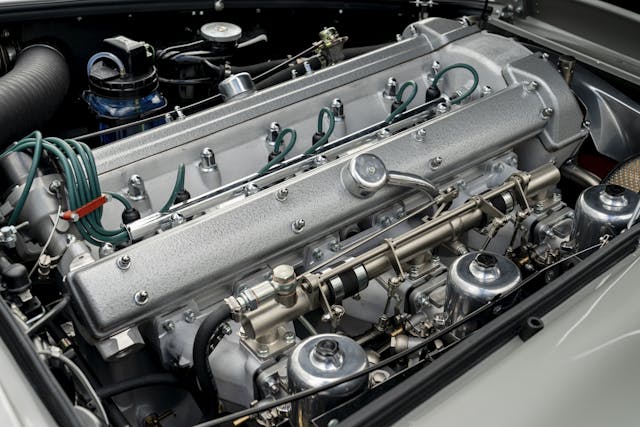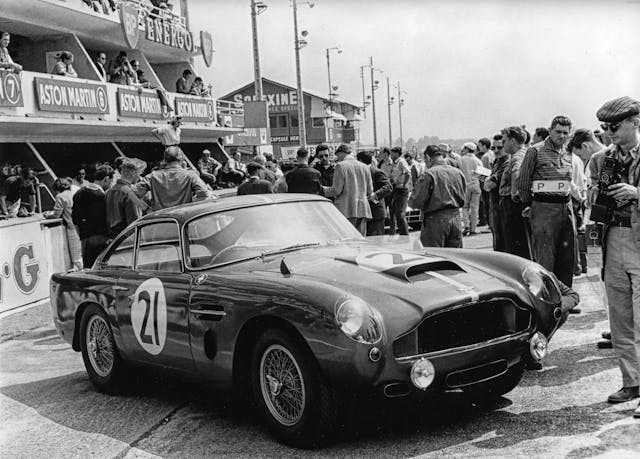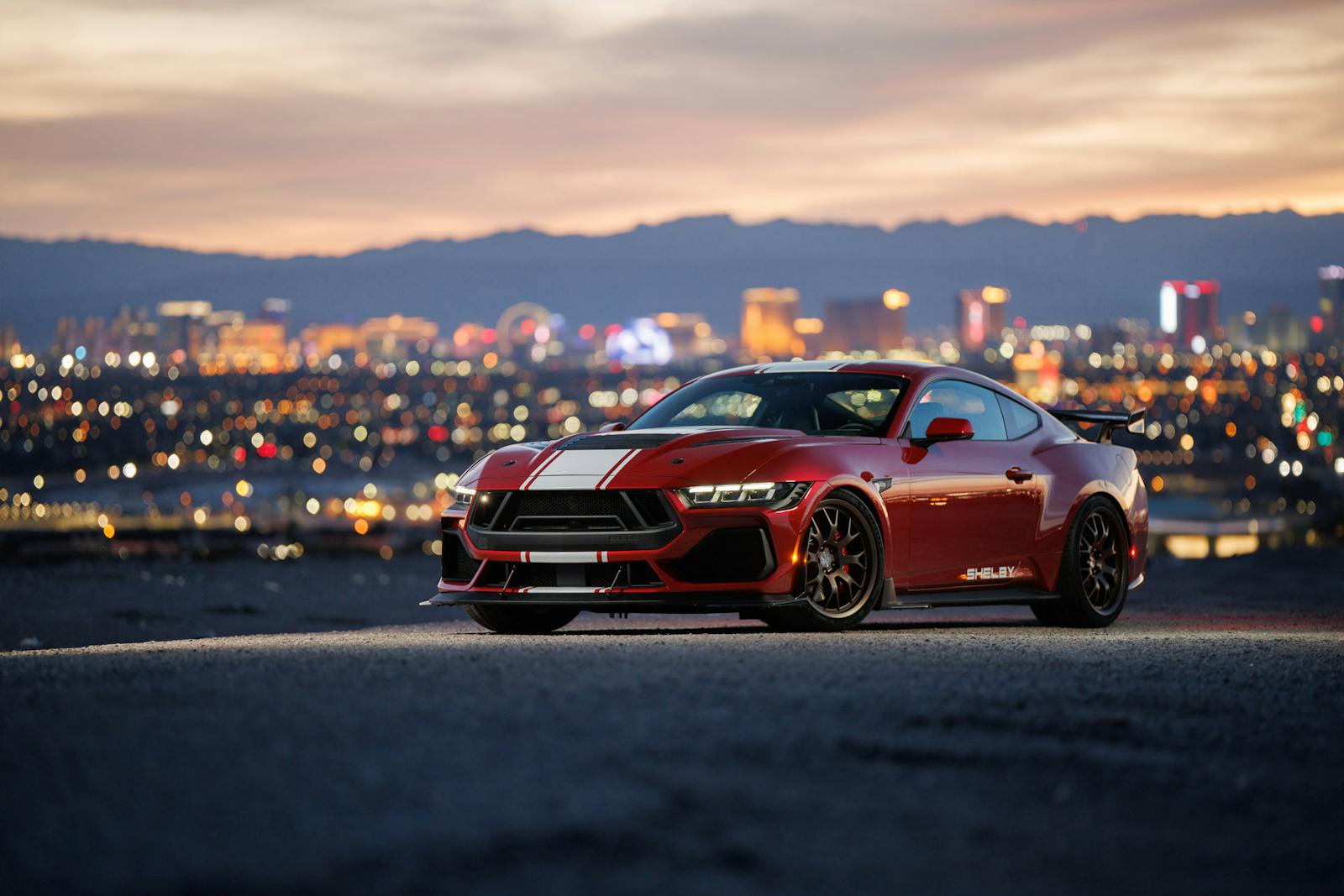Aston Martin continuation cars are keeping proper classics alive
When Aston Martin announced that it was planning to build a series of continuation cars, many in the brand’s classic community bristled.
There was resistance at first, Paul Spires, President of Aston Martin Works and pioneer of the program, explains. Some owners expressed concern about what making “new” classic cars would do to the values of the originals.
“There was one gentleman who owned an original DB4 GT and an original Zagato and he sent me quite a pointed letter about what we were doing and how he wasn’t very happy about it,” says Spires. “So I invited him in and he was absolutely blown away by the quality of what we delivered and the way that we had gone about it. We weren’t just mashing cars together and trying to make as much money as possible, we were generally trying to enhance Aston Martin’s heritage credentials in the world by doing these cars. From being a naysayer, he was absolutely converted.
“He was one of the first people that actually said, ‘Can I have an engine for my race car?’ and of course, we built an engine for his race car.”

The continuation program has led to hundreds of crucial components for the DB4, DB5, and DB6 being made available new from Aston Martin Works.
“When we started the continuation cars, we looked at every component that was available off the shelf and those that weren’t available off the shelf. We either said, yes, the quality of what’s available to everybody is acceptable, or no, it doesn’t meet our very stringent quality criteria,” explains Spires.
“At the end of the day, we were building the world’s second-most-expensive production motor car, so there is a higher level of quality on those cars than those built in the 1960s. We found that a lot of componentry just wasn’t available, so then we had to reverse engineer those parts where either the original supplier had gone broke or the tooling wasn’t available anymore.
“We spent hundreds of thousands of pounds on the tooling to create these components for the continuation cars, and as a by-product, the really good news for owners of the original cars is that a lot of the high quality components are available to them directly off the shelf from ourselves now.”
Spires says the number of new parts is too long to list and includes everything from door handles to steering wheels, but the headline items are the biggest ticket pieces: engine blocks, cylinder heads, and gearboxes.

“The gearboxes we supply today are brand new, built by ZF to exactly the same standards they were originally and although they’re expensive (approximately $63,000) without this program, you just couldn’t afford to do it,” he adds.
“Lots of cars lost their gearboxes over the years, because the cars didn’t have a massively high value. If you broke a ZF gearbox, you would probably buy a Jaguar gearbox and put it in the hole. This enables us to put a lot of the heritage cars back into very good order, and as a consequence, improve the values of the car.

“The engine block (yours for around $25,000) is cast by the same people that cast the Mercedes-Benz and Aston Martin Formula 1 engines—the very, very best people, anywhere in the world. In the old days in the 1960s, all the drillings in the blocks were done by hand, and there’s nothing wrong with that, apart from today, with a CNC machine, you can be so much more accurate.
“From a provenance point of view, everybody wants a matching numbers engine, so what we do with the with the new blocks is stamp them with the original engine number, but with a suffix ‘C’ at the end so somebody in 100 years time can understand the car has got an original Aston Martin engine from 2023.”

Spires estimates that there are around 6000 heritage Aston Martins that could benefit from the parts program. However, we spoke to independent Aston restorers who suggested the price may be prohibitive.
“If you start putting that into a DB6, someone’s got to really be in love with the car when you actually look at the end result of what it’ll add to the value,” one expert told us.
Cost certainly isn’t a sticking point for the dozens of vehicles currently undergoing restoration—and benefitting from the new parts—at Aston Martin Works.
“For us, the most important thing is to keep all the heritage cars on the road and keep them in the best possible condition so that we can enjoy them,” Spires concludes. “I don’t want our cars being museum pieces because you can’t get the parts anymore. That’d be a travesty.”

***
Check out the Hagerty Media homepage so you don’t miss a single story, or better yet, bookmark it. To get our best stories delivered right to your inbox, subscribe to our newsletters.



If I could just find a bank bag full of cash that fell off a Brinks truck so that money wouldn’t be an object, I’d be shopping for a continuation DB5. I don’t care about numbers matching or “legacy” stuff – I just love the car and would enjoy the heck outta it. That is, until the Brinks people and law enforcement caught up to me and tossed me in the klink…
Beautiful cars and a glorious engine. Crazy prices I would assume.
Deja Poo – Your comment is awaiting moderation.
I’d be interested in the history behind the Jaguar XK engine and the Aston Martin engine. Outwardly, from the
picture presented, it looks like an XK engine, which to me is one of the most beautiful engines ever made. Sir Lyons can be proud that he specified that the engine had to be powerful as well as beautiful.